
Publishing Today and How We Got Here.
Revolutionary Ink: Charting the Course of Modern Publishing
The Evolution of Publishing Tactics
A 3 Part Series
PART 1 of 3
Chapter One: From Manuscripts to Mass Production
How the Publishing Industry Got Started!
Before the invention of the Gutenberg printing press in 1436, which became commercially viable around 1450, there were only a few thousand manuscript books in Europe. By 1500, after only 50 years of printing, there were over Nine Million books. In this 3-part series, we explore how technological advances in the printing industry helped create and sustain the publishing industry and the impact of these factors on authors.
Many authors ask, “What is the publisher’s role today? While publishers played a crucial role in supporting authors, developing distribution channels and selling books initially, who do they serve now and are they doing their job well?” Finally, have publishers had a free ride on the back of technological advances in the last 500 years for which they can claim no credit, and which has enabled them to make more money and do less for authors?
A Publishing Audit: The Triumphs and Trials of Publishing
The marketing strategies developed by publishers evolved quickly in the first two hundred years as they overcame huge issues such as low literacy rates, distribution problems and exponential growth in competition for the small but growing book market. However, marketing strategies have changed little in the last 500 years and with the explosion in the number of books written each year and the number of authors seeking to be published, the shelf life for many books in book shops has dropped to 3 months, and the financial prospects for over 95% of authors is pretty grim. See our article The Publishing Industry is Booming while Authors are going Broke.
Bound by Innovation: The Early Economics of Book Publishing
So let’s have a quick look at how the industry started, and its initial innovative approach to marketing.
Up to the early fifteenth century, books were hand copied and took years to produce, so they were expensive. For centuries, books were a luxury item. Only royalty, aristocrats and members of religious institutions had the education, and the leisure time to read books, as well as the money to buy them. Thus, the market for books was small.
The technological breakthrough in the 15th century that was the invention of the movable type printing press helped disseminate information wider and faster than ever before.
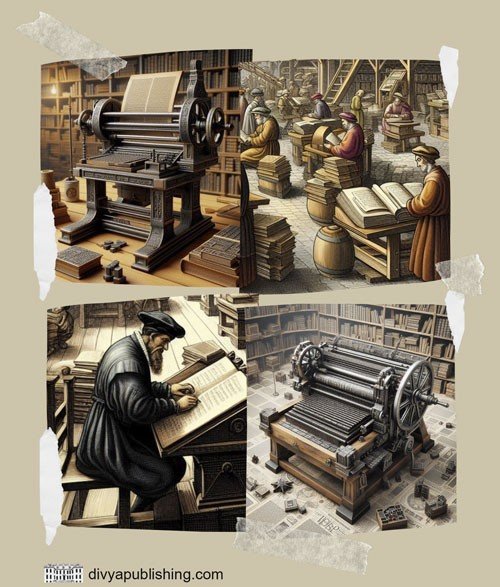
It enabled people to access knowledge that was unknown to them previously on every imaginable topic, including travel, novels, revolutionary ideas and ancient philosophy. The invention of the printing press changed the economics of publishing by greatly reducing the time and cost to print books. But while access to “low cost” books was a huge advance for publishing and for the distribution of information, this did not immediately lead to a tremendous increase in book sales.
Overcoming the initial obstacles to increasing book sales.
The biggest obstacle to increased book sales was the lack of an efficient and cost-effective distribution network that could reach the required target market, which was, of course, literate people who had the time and money to read books.
Across Europe, and the known world, distribution issues affected the market for books, which was not yet large enough in any one town or region to support a publishing industry.
In each town, the problem was that there were only a few literate people who could read and were wealthy enough to collect books. In short, a printer could quickly print 200 books, but there may only be 5 or 10 potential customers in that town.
When we look back on this time, we imagine that the invention of a technology that could mass produce books at a huge discount to previous methods would be a licence to print money. That’s what Gutenberg thought, too. However, he died a penniless bankrupt, which is an important reminder that it is not enough to produce an excellent product or even a vastly superior one, if you don’t get all the related aspects, such as marketing or distribution, right as well. That was the opening that entrepreneurial publishers saw and exploited, to the benefit of both printers and authors.
I’m sure you can see the similarities between the invention of the printing press and the Internet, and we discuss that in more detail in Part 3 : The Digital Revolution in Publishing: Opportunities and Challenges for Modern Authors
By 1500, innovative publishers had developed effective methods for dealing with distribution, such as selling 5 copies of a book to the captains of ships in port, who then took them to their destination and sold them at a profit. This was the forerunner to developing a cost effective mass distribution network or you may see similarities with Amazon’s affiliate marketing strategy.
As the number of entrepreneurs entering the printing and publishing business grew, so the number of books being sold rose exponentially. Publishers soon recognised the necessity of promoting their books and authors to help them stand out in the crowd, which increased interest and, therefore, sales.
Once again, the publishing industry adopted many innovative methods to accomplish this, which included, for example, the new marketing strategy of newspaper advertising and sponsoring book reviews.
Read All About It: How Ads Wrote Newspapers’ Success Story
While most authors saw themselves as the creator of the work and preferred to leave the problem of printing and distribution to publishers, that was not always an option. Even in the early days of publishing, there was the problem of finding a publisher who would take on the financial or political risk of publishing their work. This led to some notable decisions to self-publish and some of these books have influenced the course of culture, literature and history. Martin Luther, for example.
Martin Luther (1483-1546)
Luther was a German theologian whose writings inspired the Protestant Reformation and shaped the course of European history. His role in the printing and dissemination of his writings was very significant and for good reasons.
- Martin Luther actively collaborated with printers to publish his works. He recognised the power of the printing press in spreading ideas swiftly.
- In 1517, he posted his most famous work, the “95 Theses”, on the door of the Wittenberg Castle Church. However, it gained widespread attention after being printed and distributed throughout Europe.
- Luther maintained close relationships with printers, ensuring that his theological treatises, sermons, and translations reached a broader audience.
- By today’s standards, we can consider Martin Luther as an author who self-published his work. He took an active part in the entire process, from writing to printing and distribution.
- Unlike traditional publishing houses, Luther did not rely on external editors or publishers to bring his works to the public. Instead, he took charge of the entire production cycle.
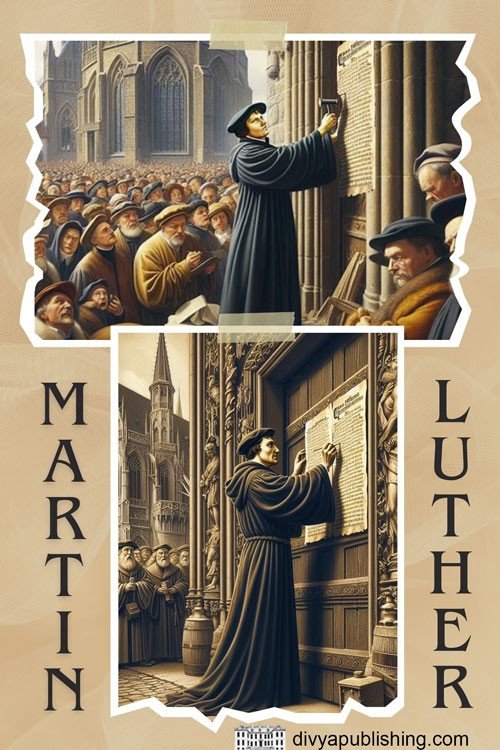
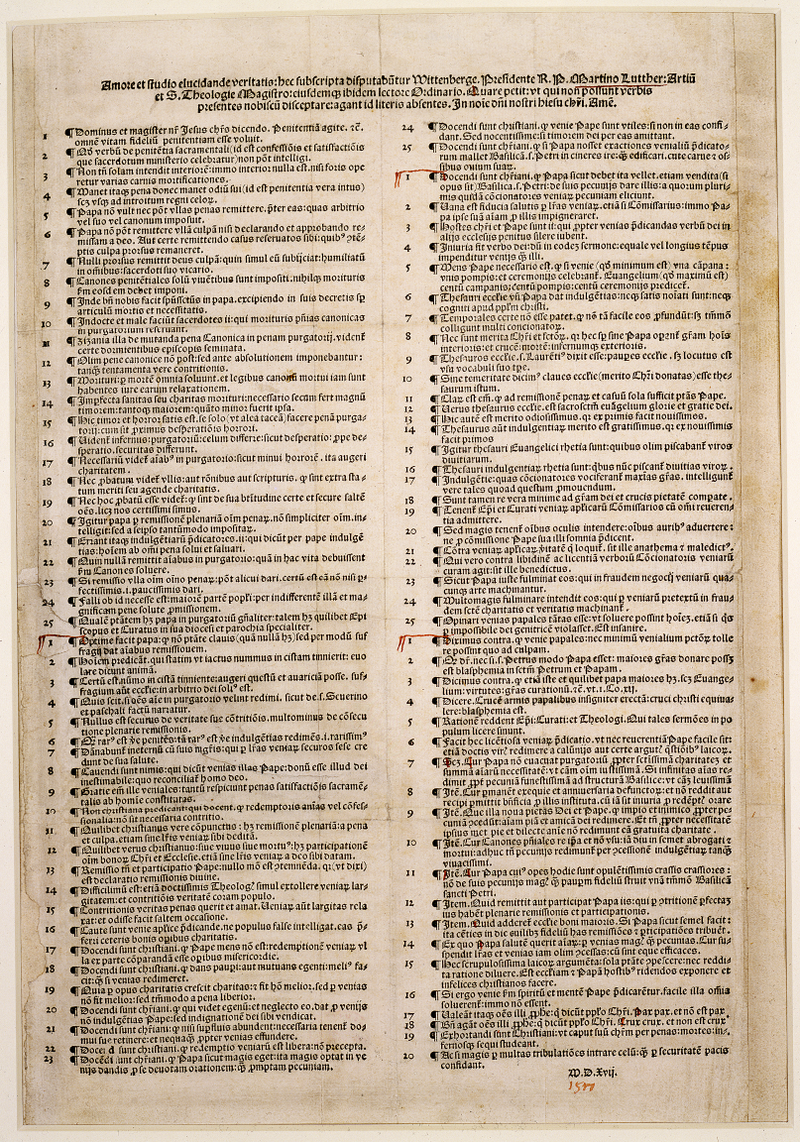
- Luther’s self-publishing approach allowed him to bypass censorship and control the content of his writings.
While writers in the 16th and 17th centuries made significant contributions to literature, they also encouraged more people to learn to read so they could experience the world through the power of reading. Many authors opted to self-publish at least some of their works, and today, many of the books in this category continue to be valued.
However, while their books are still highly regarded today and many authors gained fame from publishing their books, only a few authors managed to attain financial fortune during their lifetime. So if fame and awareness are your goal, self-publishing and traditional publishing can definitely assist you. But if you want more, that’s what this website and this new era publishing company are about.
The list of authors who opted for self-publishing may surprise you. Here are just a few of them
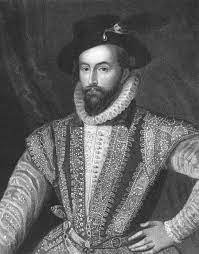
Sir Walter Raleigh
(1552 – 1618)
- Sir Walter Raleigh was an English explorer, adventurer, and His colonial expeditions to North America and travels in the New World are well-known.
- As an accomplished writer, Raleigh demonstrated his mastery over rhyme and meter. Much of his work was composed in stanza form, including the Elizabethan sonnet
- He self-published some of his works. One of his notable self-published works is “The History of the World”, a series of five books. In this work, Raleigh provided valuable insights into the historical events of the sixteenth and seventeenth centuries.
- François Rabelais, a French Renaissance writer, physician, and humanist, is best known for his humorous and satirical works.
- Rabelais self-published the monumental work “Gargantua and Pantagruel”, which is considered one of the greatest works of French literature. It consists of 5 novels that tell the story of two giants
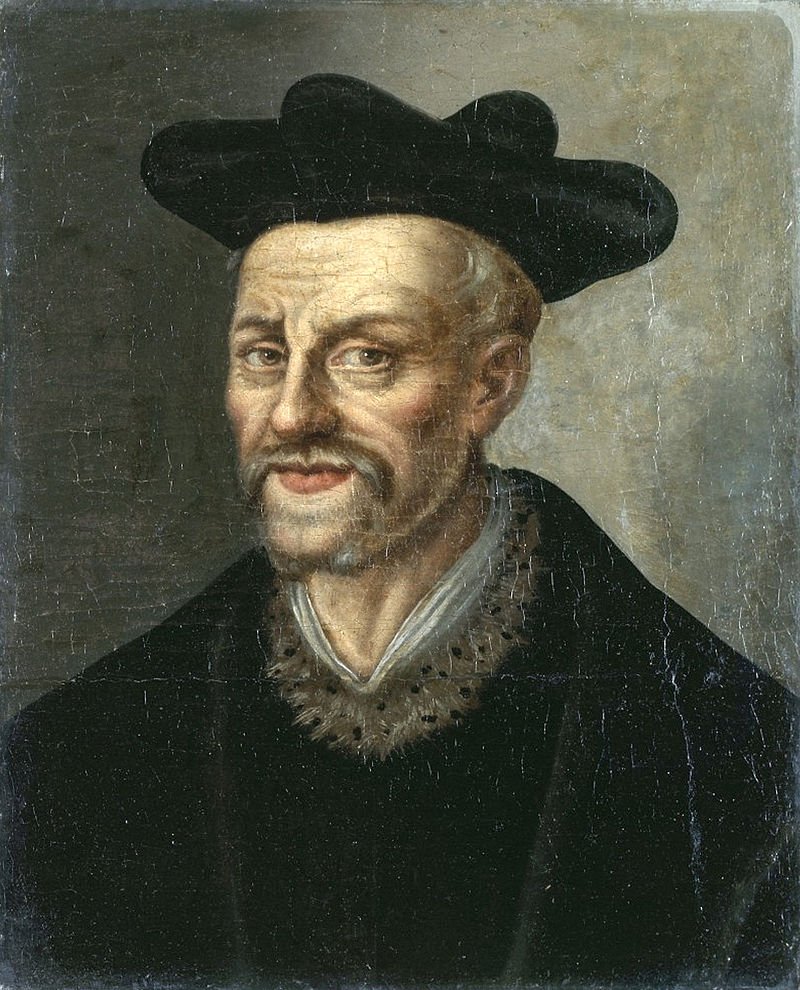
François Rabelais
(1483 – 1553)

Thomas Hobbes
(1588 – 1679)
-
- Although primarily known as a philosopher, Thomas Hobbes was also a prolific writer.
- His influential works include “Leviathan”, where he explored political philosophy and the nature of society
- Hobbes self-published many books including Leviathan, De Cive, De Coepore and De Homine (a trilogy) and Behemoth
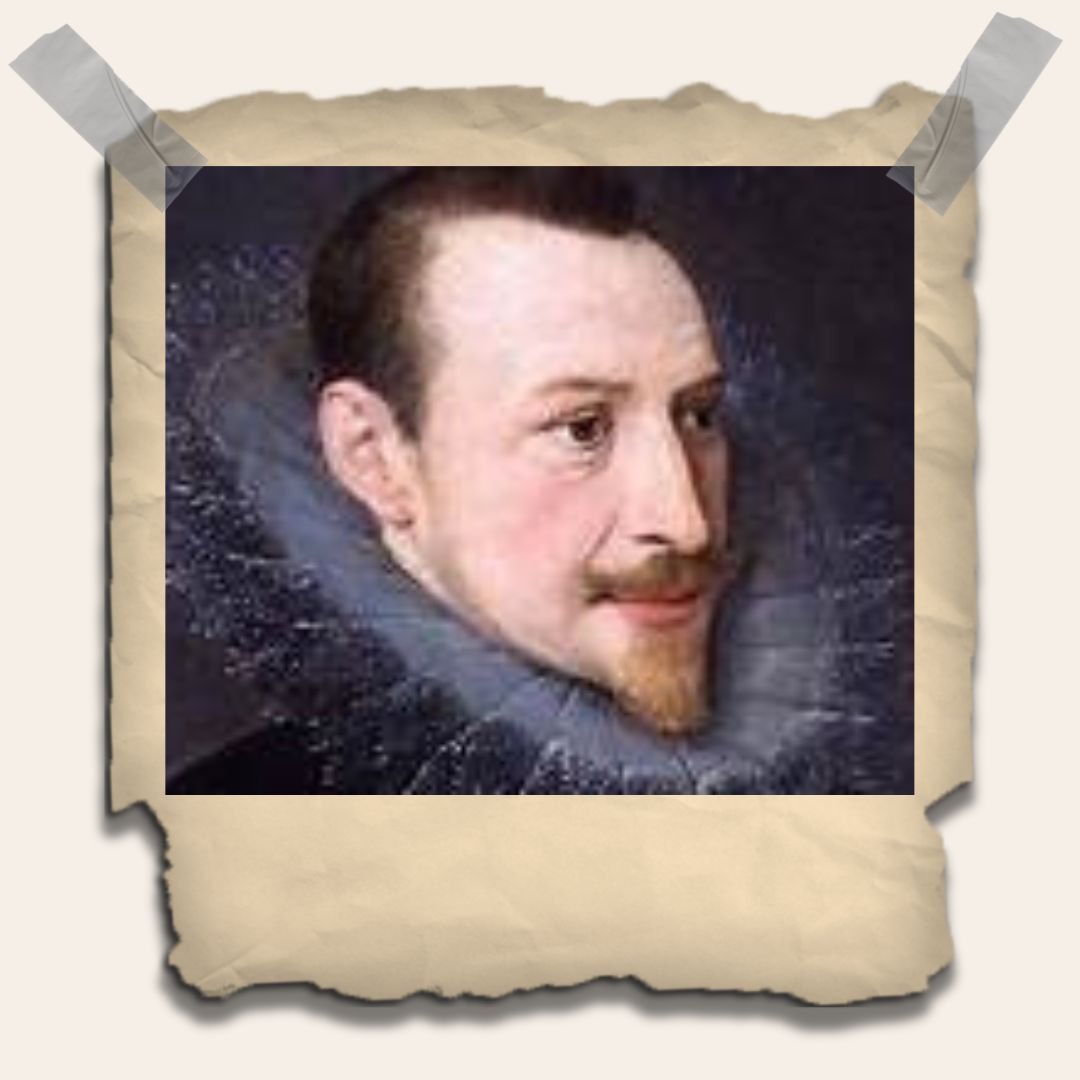
Edmund Spenser (1552 – 1599)
- Edmund Spenser, an English poet, is famous for his epic poem “The Faerie Queene”.
- He self-published his work, which became immensely popular during the Renaissance.
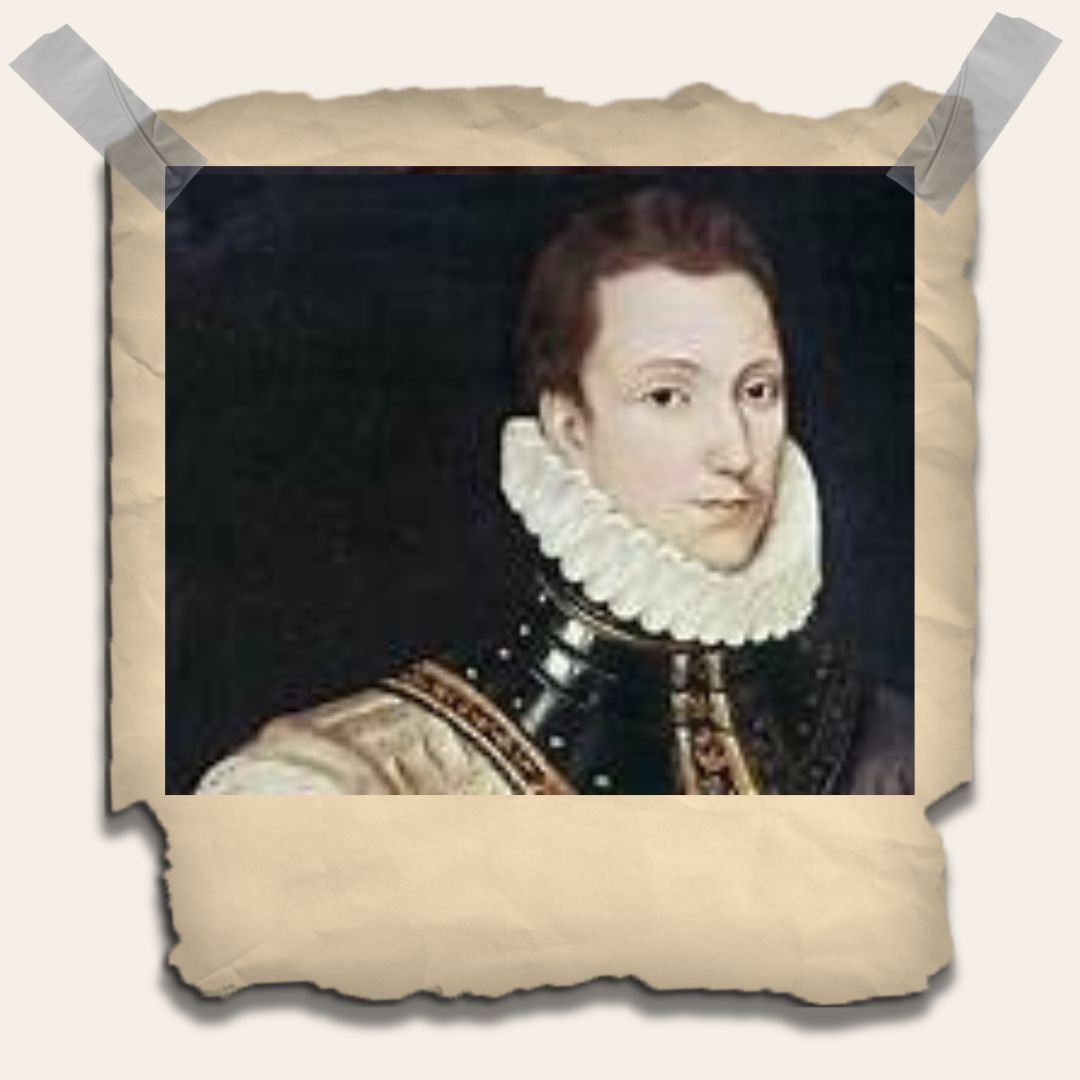
Sir Philip Sidney (1554 – 1586)
- Sidney was a poet, courtier, and soldier. His sonnet sequence “Astrophel and Stella” is a notable example of self-published poetry.
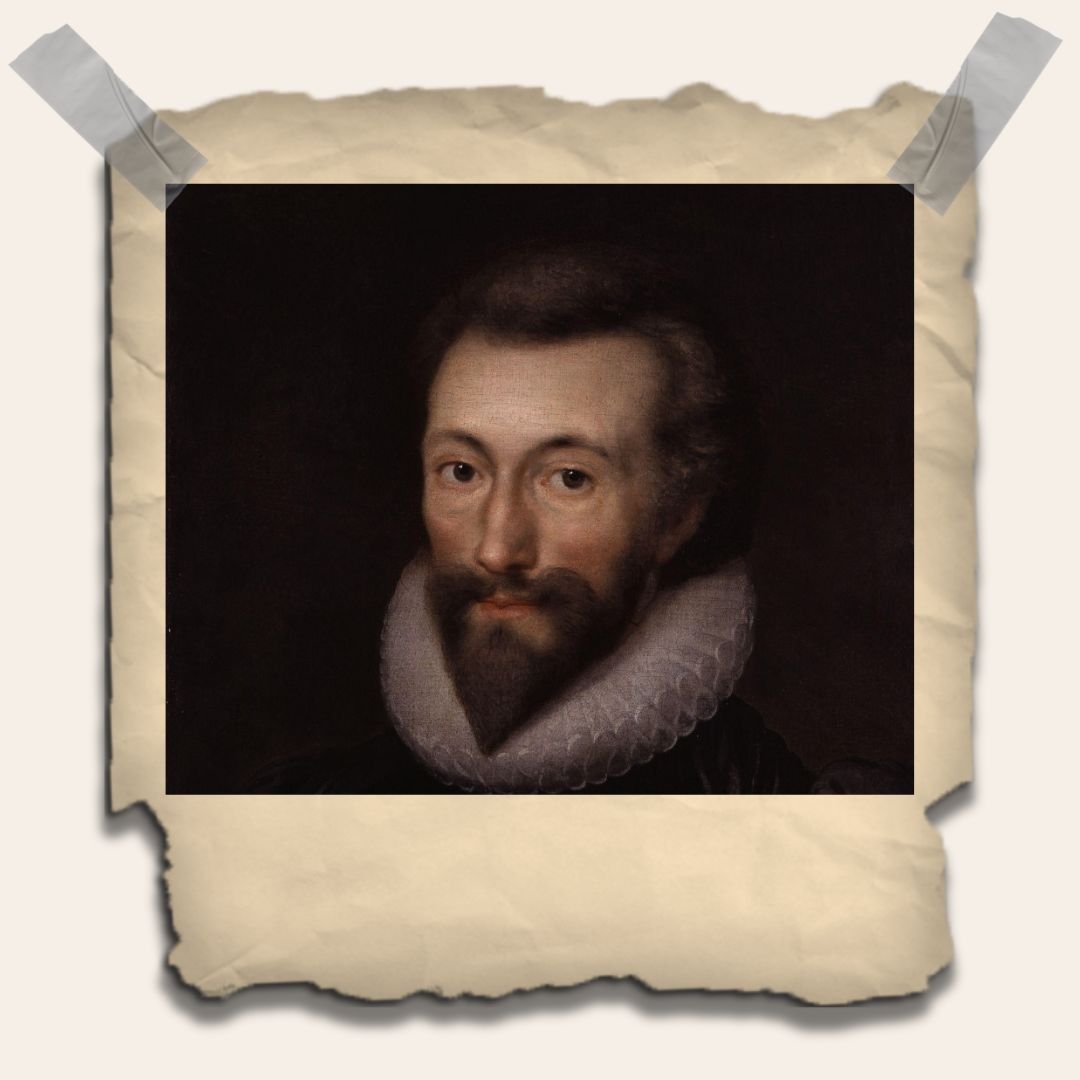
John Donne (1572 – 1631)
- John Donne, a metaphysical poet, wrote powerful and innovative poetry. He self-published some of his works including
- “Songs and Sonnets”, This self-published collection contains Donne’s lyrical and passionate poems and was influential during the sixteenth century.

William Shakespeare (1564 – 1616)
- Although Shakespeare’s plays were performed by acting companies, he was also involved in publishing.
- His sonnets, for instance, were self-published and circulated among literary circles.
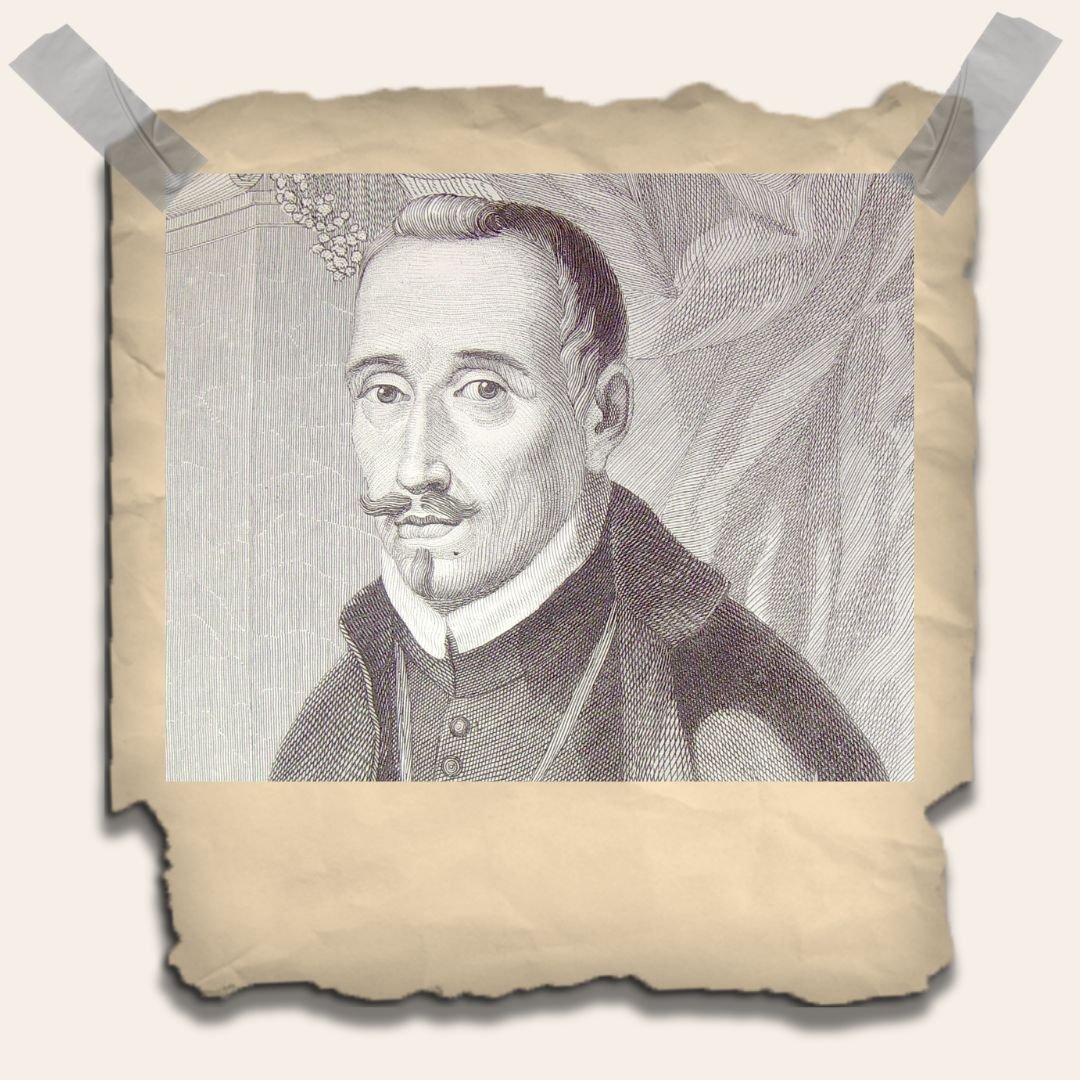
Lope de Vega (1562 – 1635)
- Lope de Vega, a Spanish playwright and poet, self-published many of his plays.
- His prolific output contributed significantly to Spanish literature.
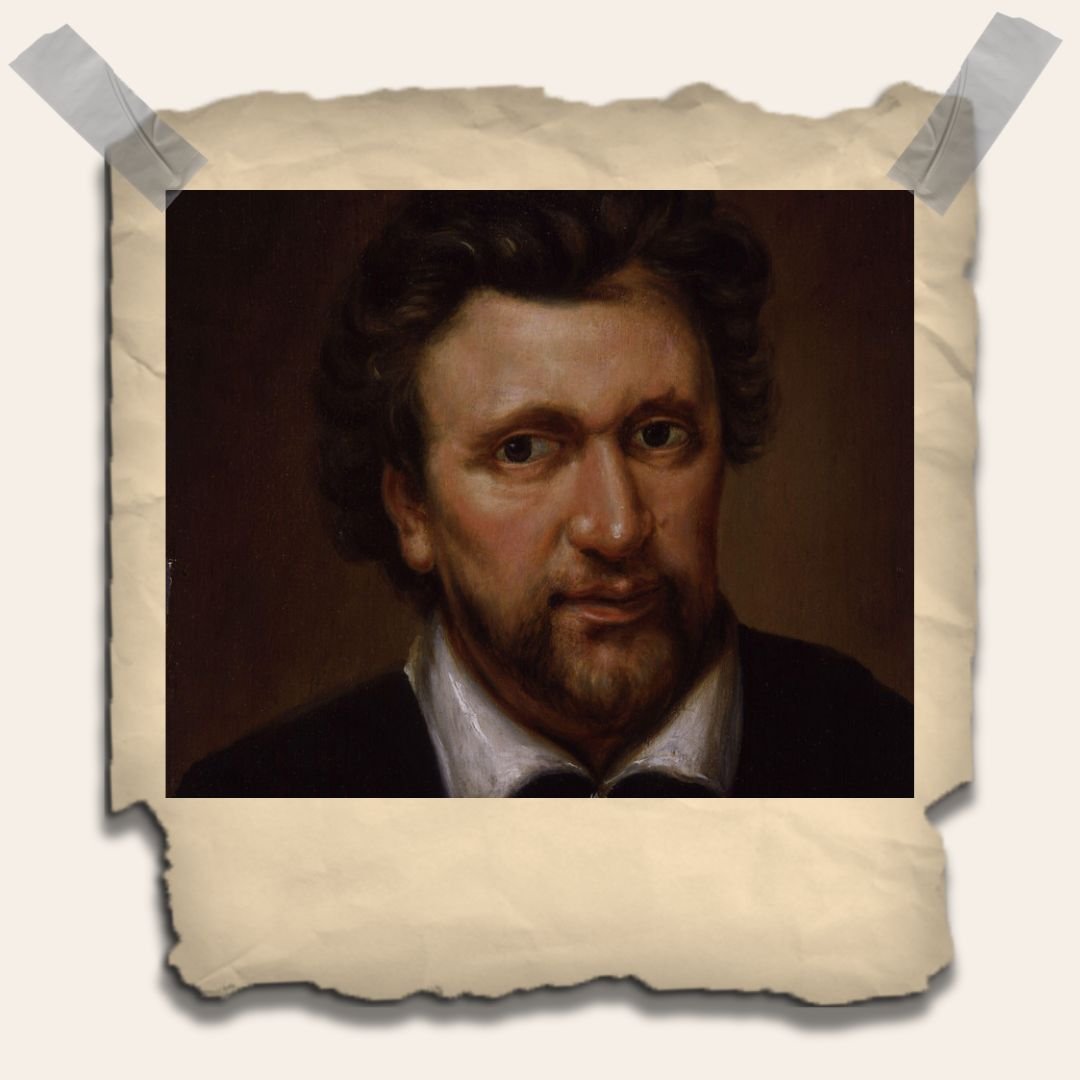
Ben Jonson (1572 – 1637)
- Ben Jonson, an English playwright and poet, self-published some of his works.
- His play “Every Man in His Humour” is an example of his independent publishing.
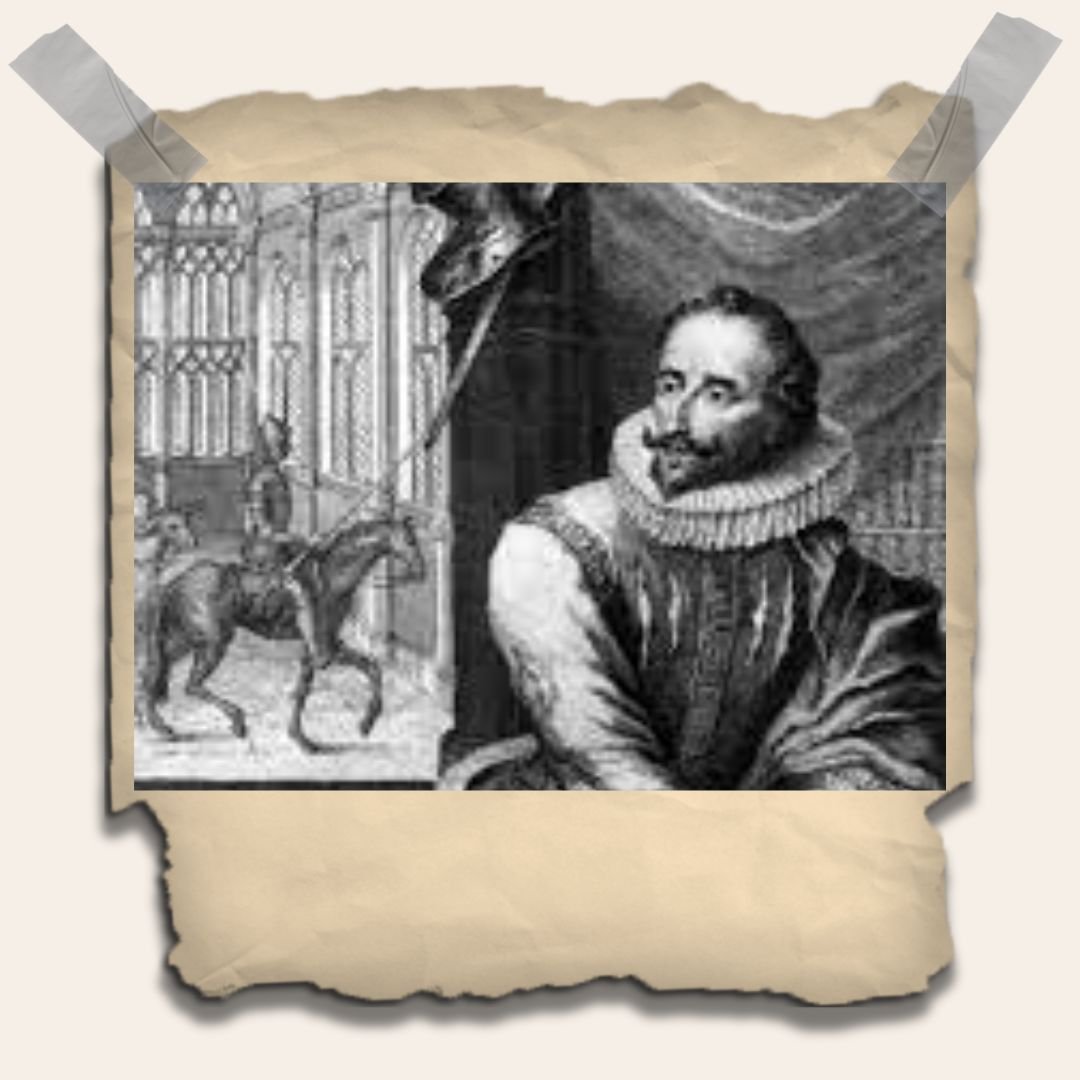
Miguel de Cervantes (1547 – 1616)
- Cervantes, the author of “Don Quixote”, was involved in the publication process.
- While not entirely self-published, he had a hand in overseeing the printing of his iconic work.
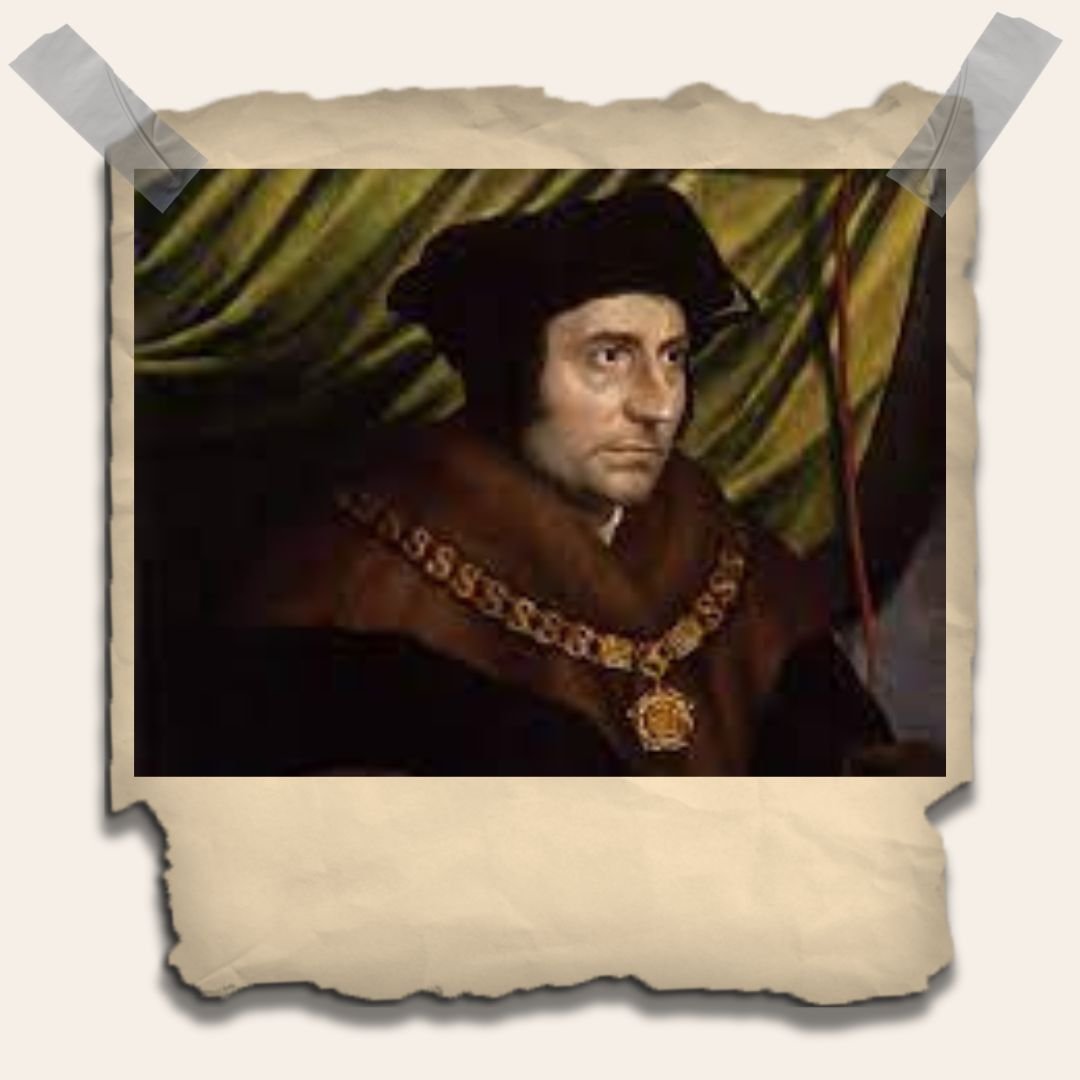
Sir Thomas More (1478 – 1535)
- Although primarily known for his political and philosophical writings, More’s works were often self-published.
- His famous work “Utopia” falls into this category
The Write Choice: Traditional vs. Self-Publishing Realities
These authors are just a few examples of those who navigated the complexities of self-publishing during this era. These writers made a lasting impact on literature and culture, but unfortunately, it rarely made a big impact on their personal wealth.
We have no way of knowing how many self-published books of lesser quality from that period have disappeared and are now lost to posterity, but there are likely many more, and that means many more authors who did not earn a living income from writing.
It is a common myth that authors who choose the traditional publishing route are better off. This has been over hyped by the industry promoting the value of getting a “book deal” which is an advance against future royalties. See our article The Publishing Industry is Booming while Authors are going Broke for the true story. Of course they benefit by saving themselves from the challenges of learning about printing and , marketing, but they also have other challenges to overcome, such as the perennial problem of finding a publisher and, from the beginning, when they got one, they often fared no better financially in their lifetime than self-published authors.
In both cases, there are limited examples of writers who performed extremely well, but because more writers opted for traditional publishing rather than self-publishing, there were more successful writers in that category. However, the publishing industry has used this mathematical statistic to foster the myth that authors who choose traditional publishing do better, while actually doing less to help their authors be successful.
The Pressing Future: Technology’s Enduring Role in Publishing
So far, we can see that technological innovation was from the beginning not just a major component in developing the publishing industry, but the key driver. And this technology led development has continued up to the present day.
In part 2 of this series, From Gutenberg to Gigabytes we will discuss how advances in technology led to some surprising changes in the way books were marketed in the 20th century and how these changes prepared the way for the digital revolution that was on the horizon.
In part 3, The Digital Revolution and Globalization of the Book Market we look at how the digital revolution dramatically changed societal attitudes and Reading Habits, the existential threat this poses to the publishing industry and the incredible opportunities it has created for authors and new era publishers.
Related Articles

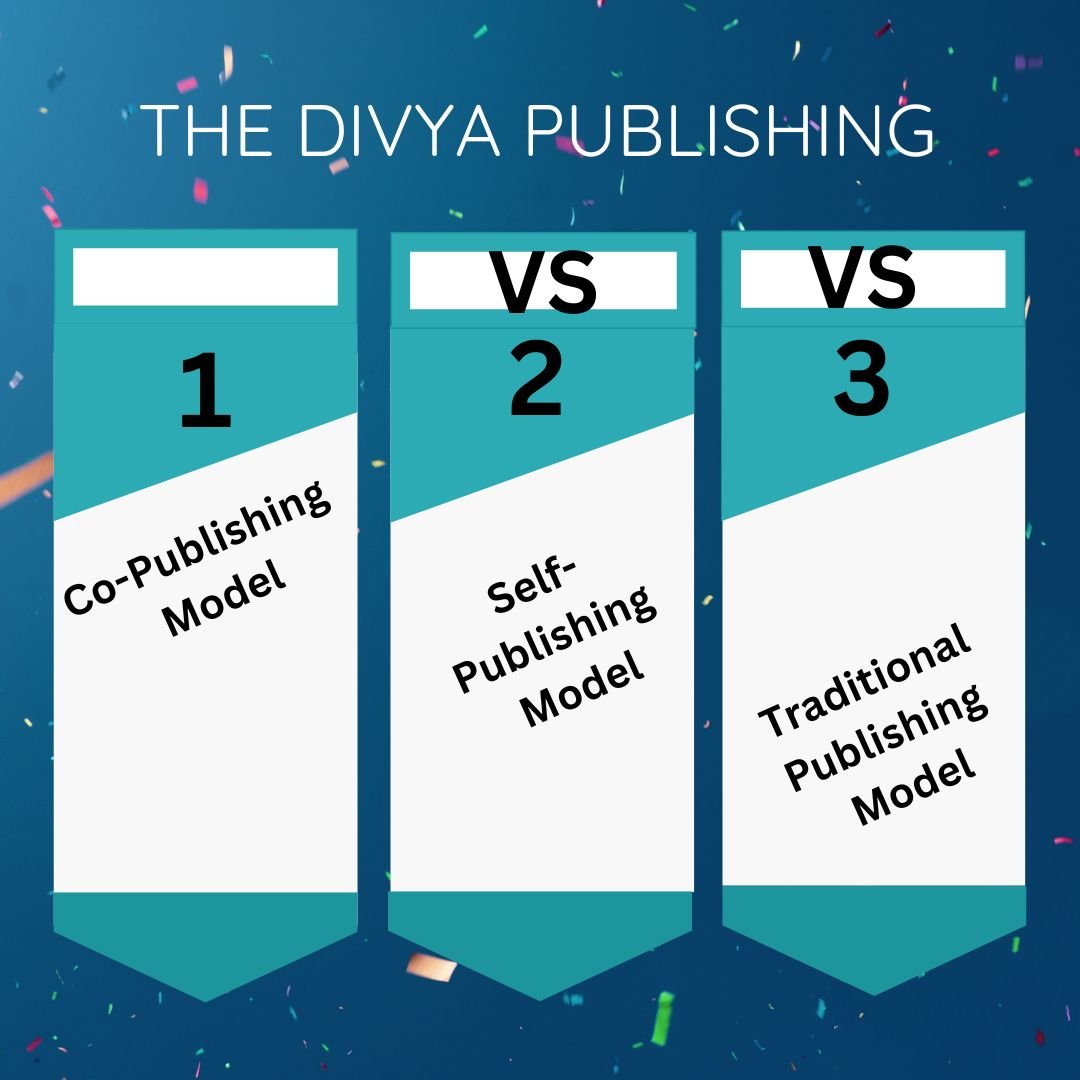
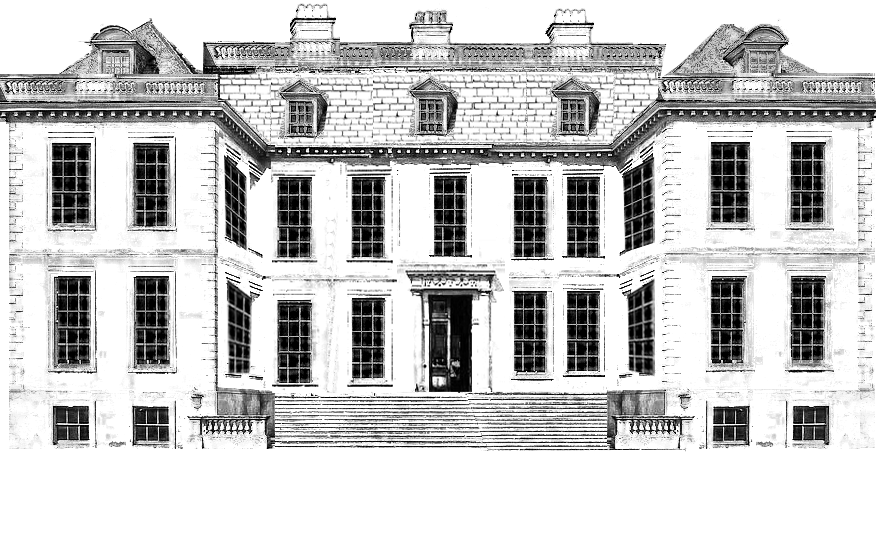
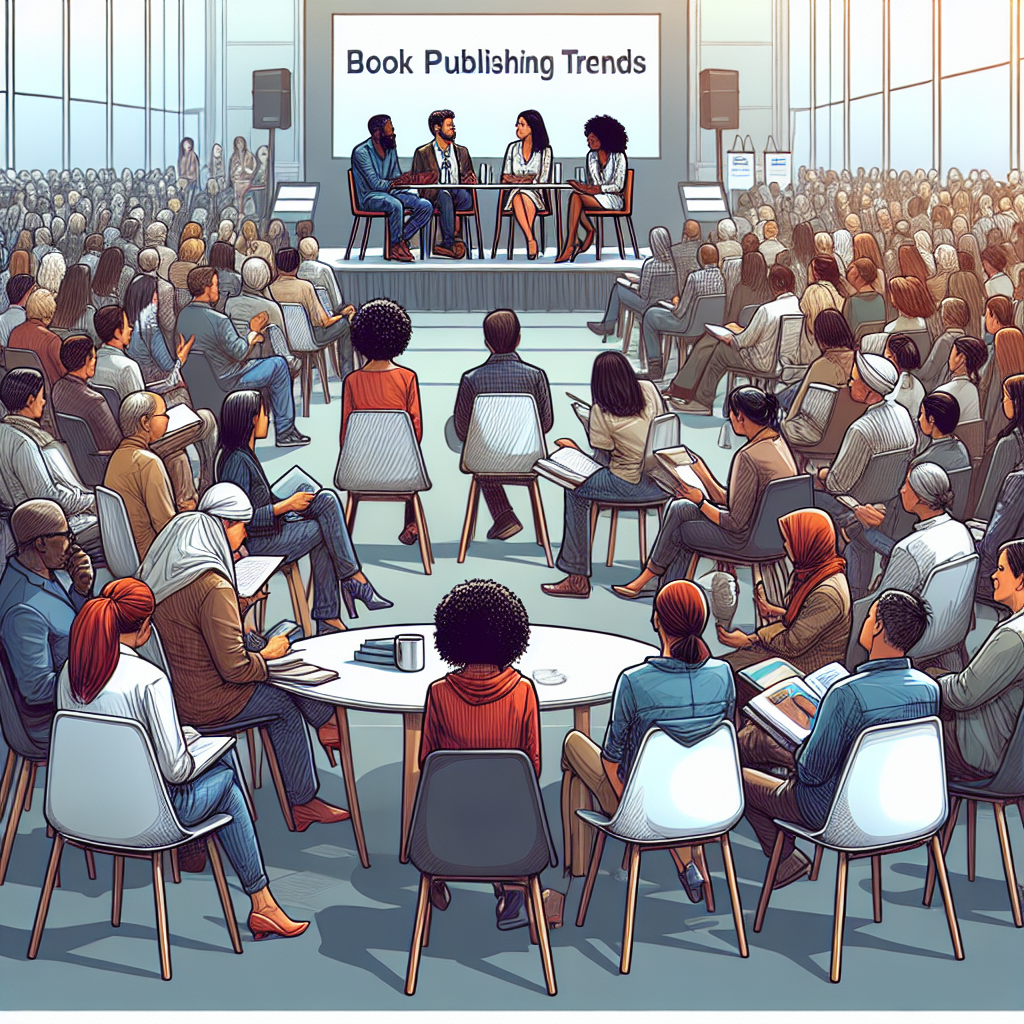





Just wish to say your article is as astonishing. The clearness in your submit is simply excellent aand that i can suppose you are a professional oon this subject.
Fine with your permission allow me to clutch your RSS feed to keep up to
date with forthcoming post. Thanks 1,000,000 and please carry on the gratifying work.
Feel free to surf to my site :: https://Casinobitstarz.webgarden.com/
Bew TahG TPhchiJ EPPzP odCoYd sRBJ
It iis not my first time to visit this site, i
am browsing this webxite dailly and obtan good data from here all the time.
Also visit my homepage – http://Www.518809.Com
I am regular visitor, how are you everybody? This post posted at this web page is actually nice.
Havve a look at my webpage Hollie
Why viewers still make use of to read news papers when in this technological world the
whole thinhg iis available on net?
Also visit my blog … http://himeuta.org/member.php?1526969-Svetlqni
Excellent post. I am facing a few of these issues as well..
Look into my web blog – http://himeuta.org/member.php?1527870-Svetlrzd
I tend not to create a ton of remarks, however after reading
a few off the remarks on Part1-Publishing Today and
How We Got Here. | Divya Publishing. I actually do have a couple of questions for
you if you tend not to mind. Is it just me or ddo some oof these responses look like they are
left byy brain dead visitors? 😛 And, if you are writing on other online
sites, I’d like to keep up with you. Could you list of the complte urls of all your shared sites like your linkedin profile,
Facebook page or twitter feed?
my web blog new
llo91q
rfefeuhggnitljugsvjxlyiwpkwqlz
khndpsupkefzddyxnxmfrqpsgrkvdh
htuozpwidpninwxwdqgvqfpvklydyy